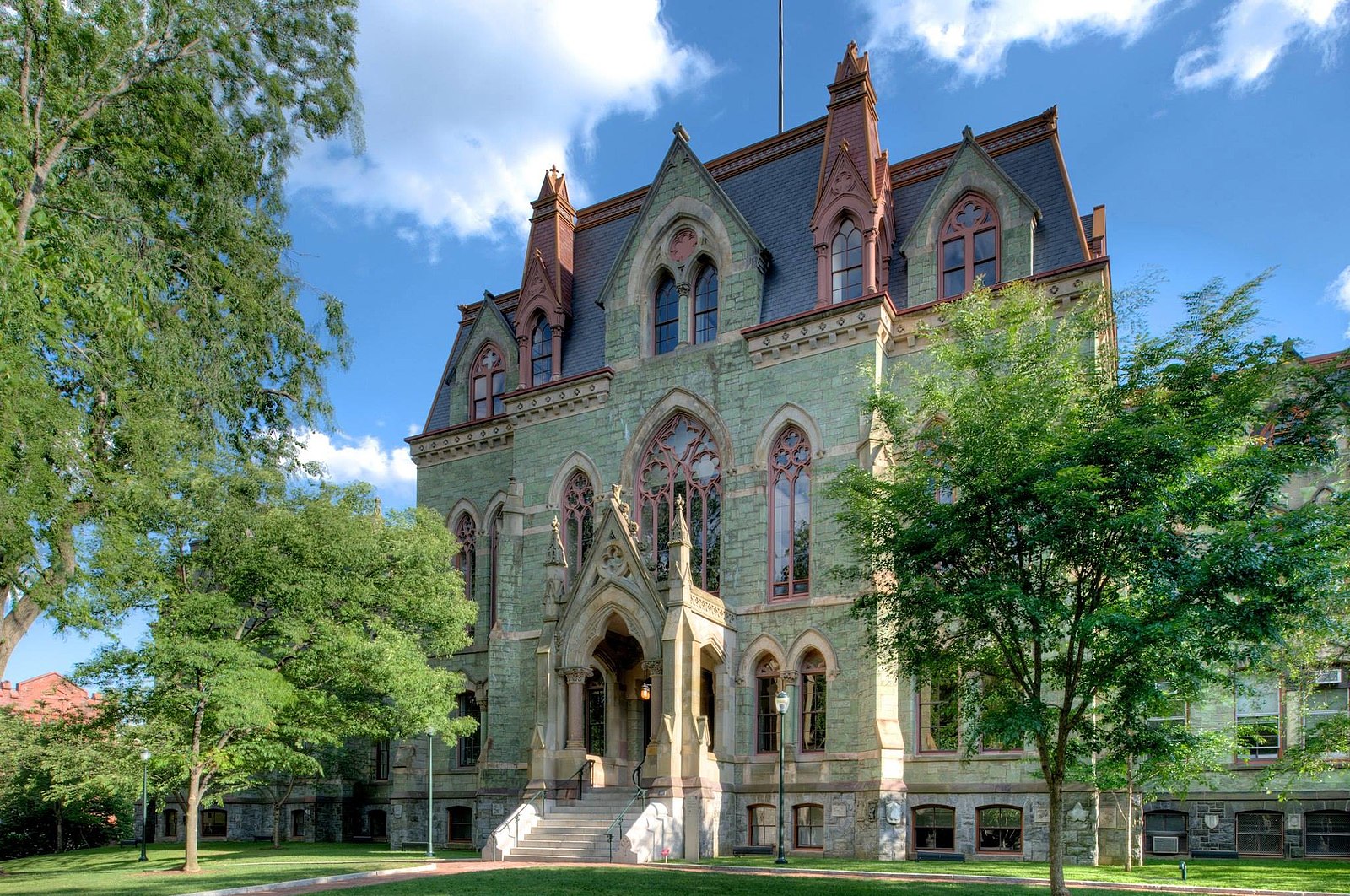Academic Freedom Statement
The policies of the University of Pennsylvania protect academic freedom, which is essential to the research and teaching mission of universities and to students’ freedom in learning. The concept of academic freedom was first articulated during the early twentieth century by the American Association of University Professors (AAUP), and its canonical definition is found in the AAUP’s 1940 Statement of Principles and 1970 Interpretive Comments. This statement has been endorsed by over 250 scholarly and educational organizations in the United States, and its principles are written into faculty handbooks nationwide, including Penn’s.
The principles of academic freedom were established to protect the integrity of research and teaching from interference by donors, trustees, politicians, and others who might seek to make universities serve private and political interests. They are founded on the idea that a university’s purpose is to generate new knowledge that can serve the common good in a democratic society, and that generating new knowledge requires free and open inquiry. To safeguard the university’s public mission, academic freedom entails the following rights for all faculty members—whether tenure-track or non-tenure track, and including graduate research and teaching assistants—and for students:
- The right of faculty members to full freedom in research and teaching. This means that decisions about research and curricular matters are the province of faculty, who are hired on the basis of their professional qualifications in those areas. It also means that decisions about the hiring, promotion, and discipline of faculty members are to be made on the basis of their fitness to do the work of research and teaching, and determinations of fitness are made through formal, careful reviews by faculty members with the scholarly training to make informed evaluations. Academic decisions do not belong to trustees, donors, administrators, politicians, or others who lack academic expertise.
Faculty members’ rights to freedom in research and teaching are not individual rights to say whatever one pleases in publications or in the classroom: a historian of Europe who espouses Holocaust denial or a biologist who teaches intelligent design is not protected by academic freedom because the academic profession in those fields has rejected those ideas as groundless and intellectually indefensible. The rights to freedom in research and teaching are best understood as collective rights of the academic profession to determine the fitness of scholars to do the work of research and teaching within their areas of expertise, and they protect scholars who meet that standard from inappropriate pressure that would constrain free and open inquiry.
Freedom in research and teaching is not a guild privilege: it is essential to students’ right to freedom in learning. It ensures that students take courses designed by qualified researchers and educators, not by donors, trustees, administrators, politicians, or others acting on the basis of non-academic preferences. - The right of faculty members to freedom in extramural speech—that is, speech on issues of general concern made as a member of the public. This right is necessary to protect freedom in research and teaching, as it prevents “pretextual” discipline—that is, cases in which trustees or administrators target a faculty member because they disagree with the substance of their scholarship, but rather than say so, they find a controversial statement that the professor has made in public and use that as the basis of discipline. This right protects speech made as a member of the public both within and beyond a faculty member’s area of expertise. According to the principles of academic freedom, extramural speech is not in itself grounds for discipline except in the rare case that it demonstrates unfitness to do the work of research and teaching. Such a determination must be made through a formal, careful review of evidence by faculty members.
- The right of faculty members to freedom in intramural speech—that is, speech about the university itself that professors make as members of the institution. Faculty members have the right and responsibility to participate in the governance of their universities, and this right protects their ability to do so. It establishes that faculty may not be disciplined for criticizing the university, as such threats of discipline would make it impossible for faculty to have a meaningful, independent institutional voice.
- The right of students to freedom in learning. Codified in the AAUP’s 1967 Joint Statement on Rights and Freedoms of Students, this protects students’ freedom of expression and association, including the freedom to engage in political activity, all of which are essential aspects of learning and education. It also establishes that students are entitled to freedom of inquiry in the classroom. Finally, it stipulates that faculty do not evaluate students on the basis of their own or their students’ political views or activities. That ensures that faculty members and students can participate in public and political life without their speech threatening students’ freedom in learning.
These rights did not originate in the Constitution or in legislation, and they are not self-enforcing. Academic freedom is only as strong as the institutions, procedures, and professional norms that faculty members established over the last century to protect it:
- Faculty governance institutions. Faculty across the United States incorporated AAUP principles into faculty handbooks, and they created Faculty Senates and faculty unions to enforce these policies.
- Due process. Written into Faculty Handbooks and union contracts, due process procedures protect all faculty members from unjust discipline or termination by requiring formal processes of review and appeal.
- Tenure. The institution of tenure was created in order to protect academic freedom, on the understanding that job insecurity is the greatest threat to freedom in research and teaching.

